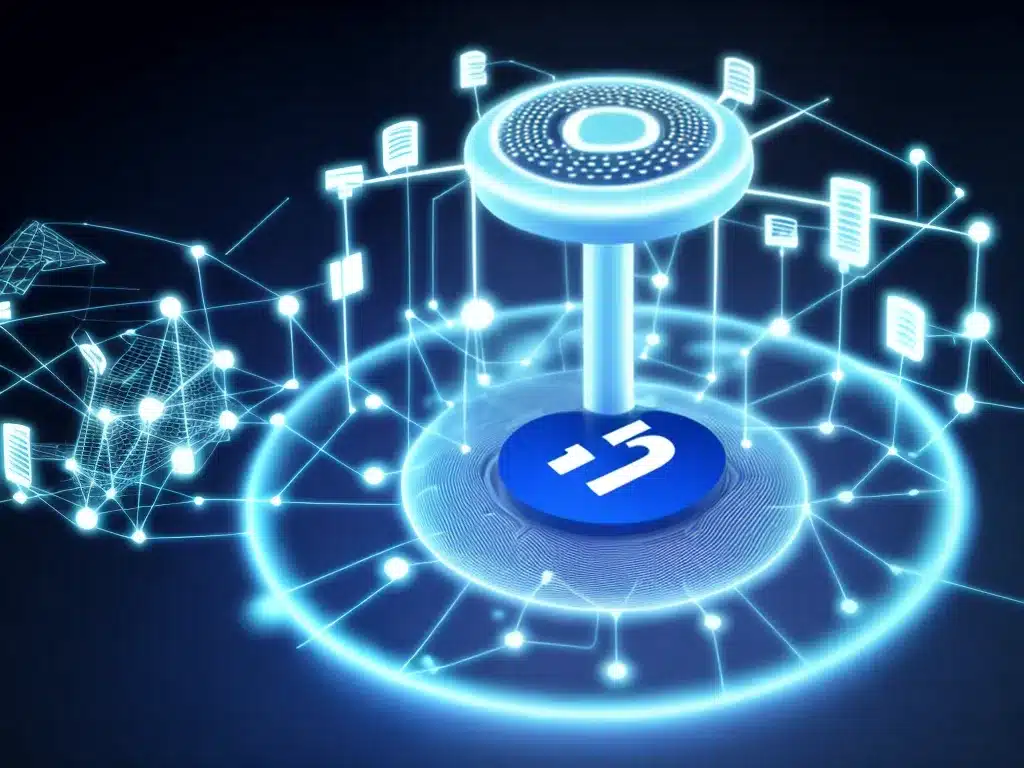
Introduction
The rollout of 5G networks and the rapid growth of the Internet of Things (IoT) bring exciting new capabilities and conveniences. However, these developments also introduce new cybersecurity risks that must be addressed. In this article, I will provide an in-depth look at the security implications of 5G and IoT expansion.
The Promise and Potential of 5G Networks
5G networks offer faster speeds, lower latency, and the ability to connect massive numbers of devices. This enables innovative new applications:
- Autonomous vehicles – 5G enables vehicles to sense their surroundings and navigate safely through real-time communication.
- Smart cities – Sensors and devices connected by 5G networks can help manage traffic, water, waste, and disaster response.
- Telehealth – Doctors can remotely monitor and consult with patients using high definition video calls and wearable devices.
- Industrial automation – Machines and robots can be finely orchestrated through 5G to optimize manufacturing and operations.
With 5G, the full potential of IoT can be realized. Billions of devices can be connected, generating and transmitting data to refine services and processes. The market for IoT devices is rapidly accelerating, projected to be over 20 billion connected devices worldwide by 2030.
New Attack Surfaces and Vectors
However, the 5G and IoT revolution also introduces new cybersecurity risks. The greater connectivity, speed, and automation created by 5G and IoT means there are more attack surfaces and potential attack vectors to secure.
Some of the new vulnerabilities stem from:
-
More devices to attack – The massive expansion of IoT devices connected to networks creates a wider surface area for hackers. Everything from smart home gadgets to critical infrastructure will be connected.
-
New types of devices – With an increasingly diverse array of devices connected, from vehicles to pacemakers, securing devices we never interact with creates new challenges. Many IoT devices have poor in-built security.
-
New network architecture – 5G networks have a more complex architecture relying on virtualization and cloud systems. This provides more potential entry-points for hackers.
-
Automation – When machines and processes are automated through 5G connections, the impacts of any breach or cyber attack are greatly amplified.
-
AI security gaps – Though AI can enhance cybersecurity, adversaries can also leverage AI to launch sophisticated attacks harder to defend against.
Worrying Early Signs
Researchers have already demonstrated worrying proof-of-concept attacks utilising 5G and IoT networks:
-
Researchers showed they could jam 5G signals and spread disinformation by spoofing false 5G transmissions.
-
Flaws exposed in 5G protocols could allow eavesdropping on sensitive cell-phone calls and messages.
-
Researchers hacked into a smart building’s climate control systems via its IoT connected HVAC system.
-
Connected and automated vehicles were shown to be vulnerable to ransomware attacks and sensor spoofing.
Though no major real-world attacks have occurred yet, the risks are clear. And as 5G and IoT adoption accelerates, so will the incentives for malicious actors.
Recommendations for Enhancing Security
To reap the benefits of 5G and IoT expansion while minimizing the risks, we must prioritize security:
-
Build security into networks and devices from the start, rather than bolting it on later.
-
Establish rigorous testing and certification standards for the security of 5G elements and IoT devices.
-
Promote consumer awareness so users understand IoT risks and know how to protect their devices and data.
-
Update regulations to ensure IoT manufacturers adhere to strong cybersecurity standards.
-
Encourage coordinated disclosure so researchers and vendors can collaborate on identifying and fixing vulnerabilities.
-
Deploy AI-powered cybersecurity tools to provide predictive threat detection and automated response.
-
Develop backup contingency plans in case critical infrastructure or systems are compromised.
The Future with Proper Precautions
5G and the Internet of Things promise a more connected, convenient, and automated future. But we must be proactive in identifying and closing off emerging threat vectors. With collaborative action to promote security by design and effective precautions, we can realize the full benefits of 5G and IoT safely and securely.
The potential is enormous if we lay the right foundations. With the proper security precautions and foresight, 5G and IoT will transform our lives and economies for the better.












